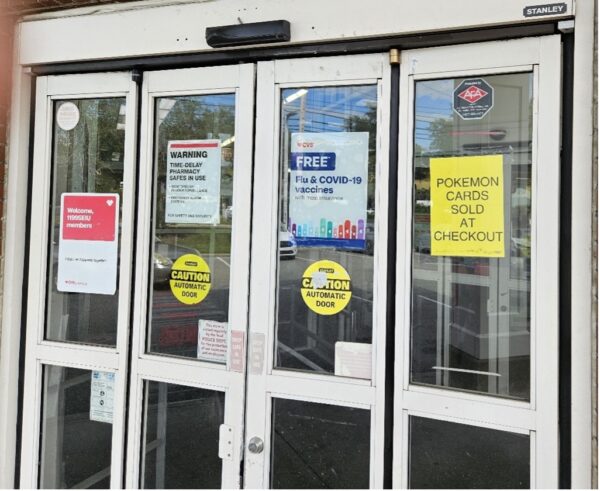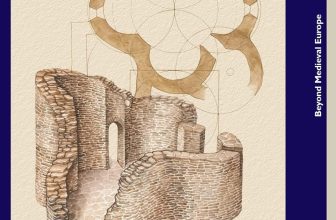
As with all such collectables, condition is paramount, and fakes began to be made soon after the cards’ release. There are three major authenticating firms that will examine Pokémon cards for condition and authenticity and will then seal each card in a tamper-proof plastic container.
The Covid pandemic, with people sitting at home with their money, led to a major rise in Pokémon prices, but there has been a “correction,” as they say on Wall Street, and prices have generally dropped to pre-Covid levels. Perhaps that’s only temporary — Travis Landry spoke of Pokémon cards with a certainty usually reserved for Treasury notes. Maybe he’s right – maybe Pokémon cards will increase in value over the years and will need to be moved in armored cars on their way to black-tie auctions (or, rather, Sp5der hoodie auctions).
The collecting of things with no inherent value always causes a scratching of heads by those not participating in the market. You’d pay a hundred dollars for an old medicine bottle? Why, that’s crazy! Of course, outsiders feel the same way about an Abstract Expressionist painting – you’d pay a million dollars for something my three-year-old kid could do? It’s all in the way you look at it. But the market for collectables, at least up in the rarified air where special pieces trade, is always a narrow one, and it can change rapidly in a relatively short time. If you’re looking for security, I’d suggest keeping your money in T-Bills.
One other take-away from last week’s annual meeting: artificial intelligence promises to disrupt appraising, as with every other field. Art authentication has heretofore been the bailiwick of scholars. The three pillars upon which authentication rests have always been connoisseurship, provenance, and forensic analysis. Connoisseurship – a deep acquaintance with the work of a particular artist or school. Provenance – the ability to track a work of art from the artist down through the collections in which it has been held. Forensic analysis – scientific testing of the artistic materials (paint, panels, canvas, and the like) to detect materials which weren’t being used when the painting was purportedly made.
Should we now add artificial intelligence to the pillars? I don’t doubt that scans of brushstrokes from paintings known to be by, say, Van Gogh could be used to train a computer to identify similarities in another work and pronounce it to be a Van Gogh. We’re not yet to the point where an AI-issued certificate will be accepted by the major auction houses as proof of authenticity, but, given what we’ve seen in only the past few years, I wouldn’t rule out the possibility. Brave new world.







